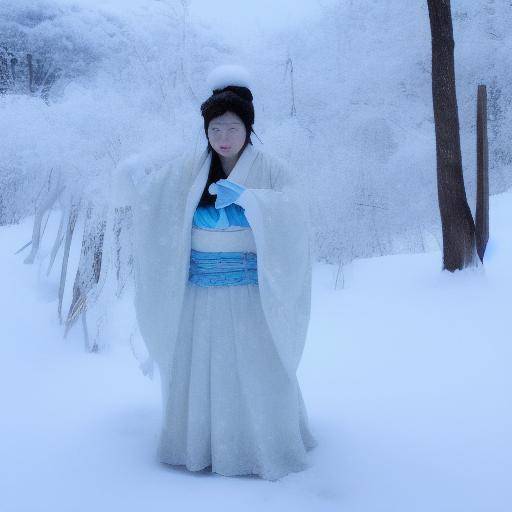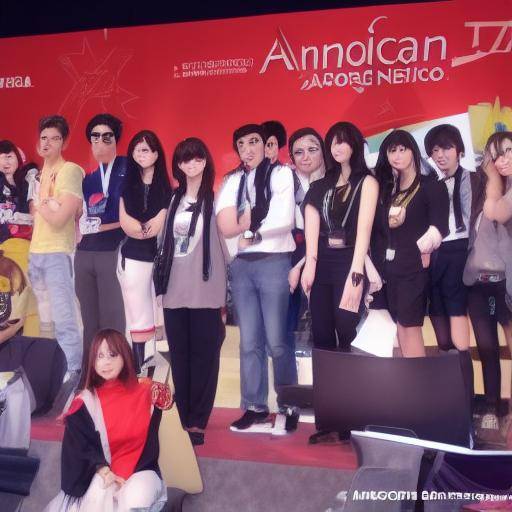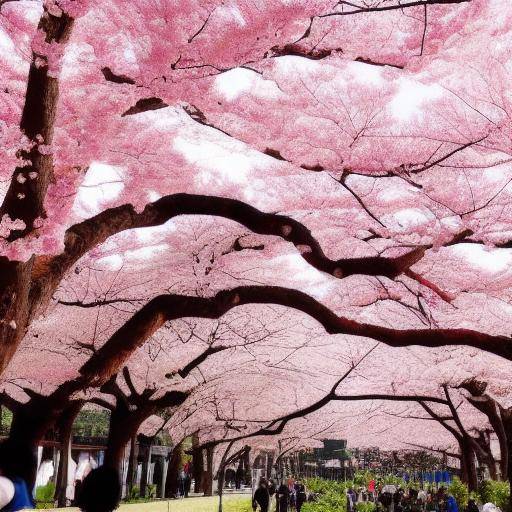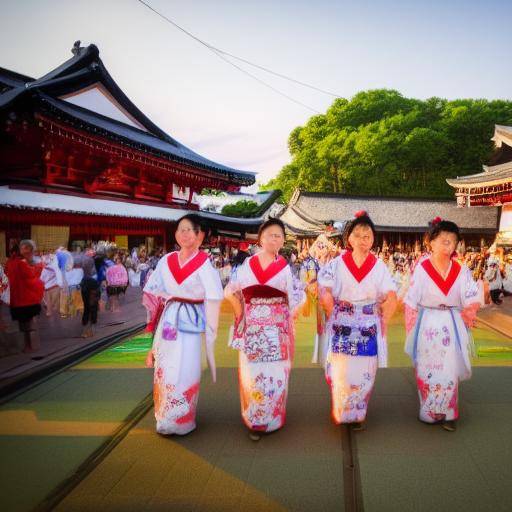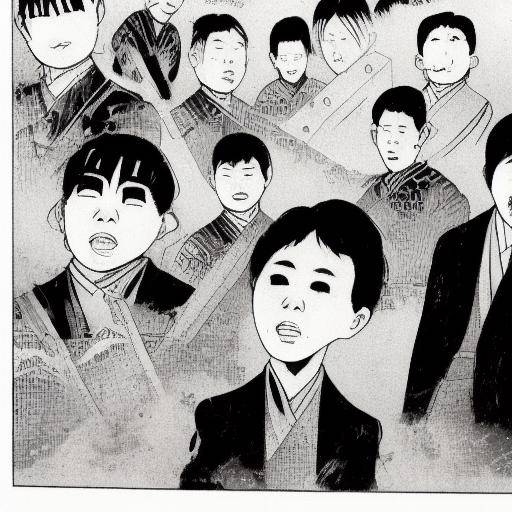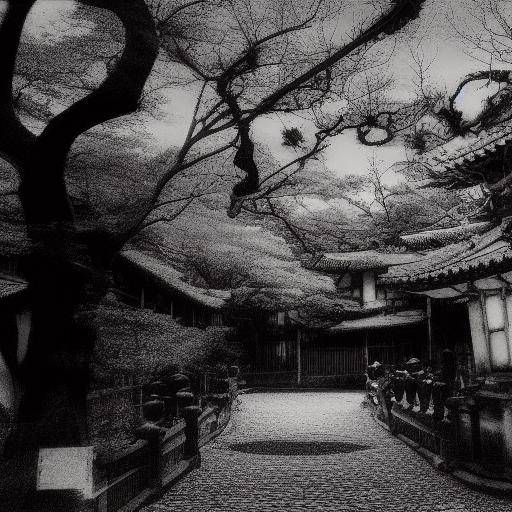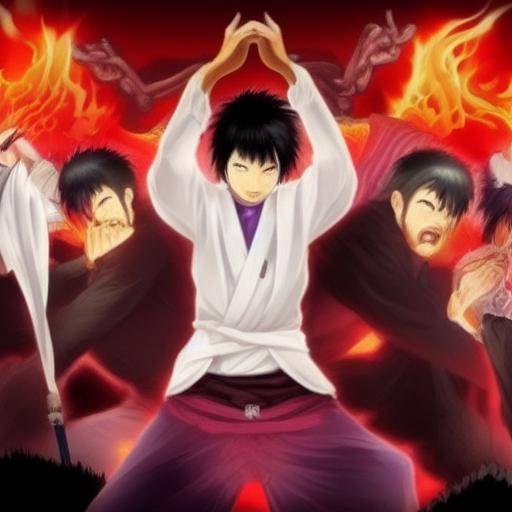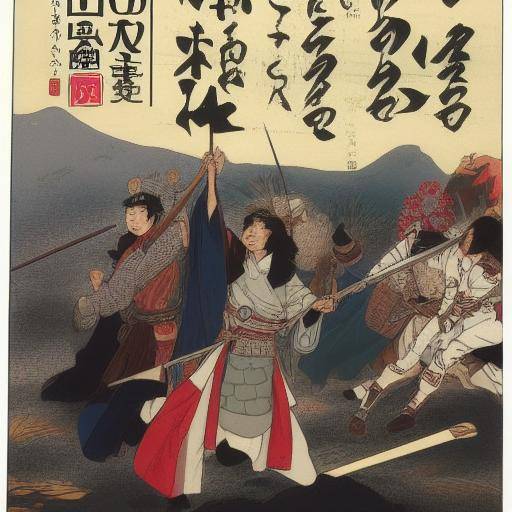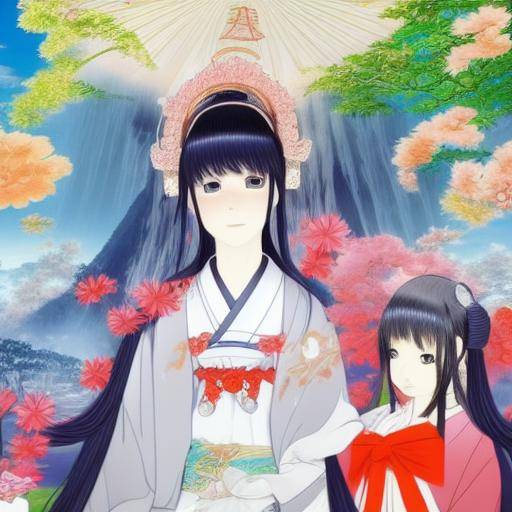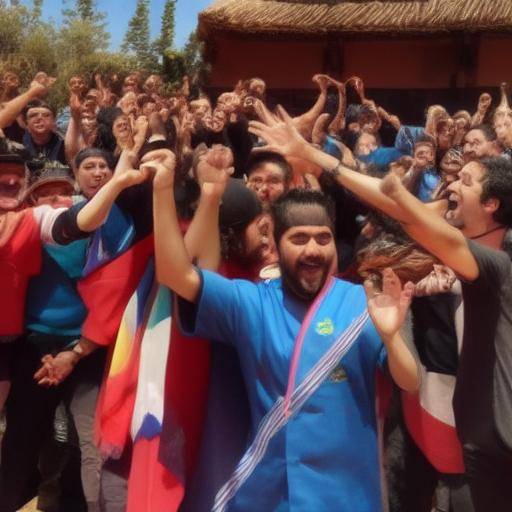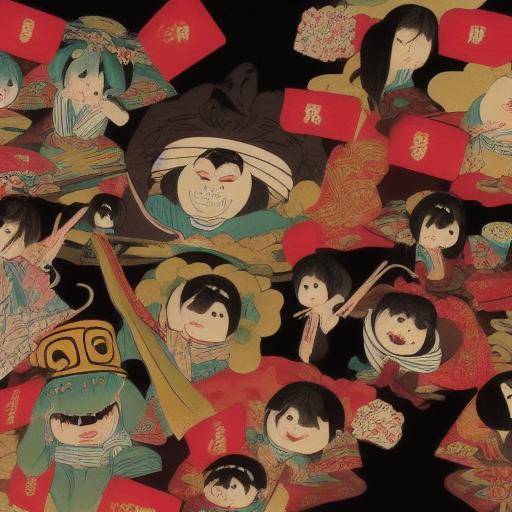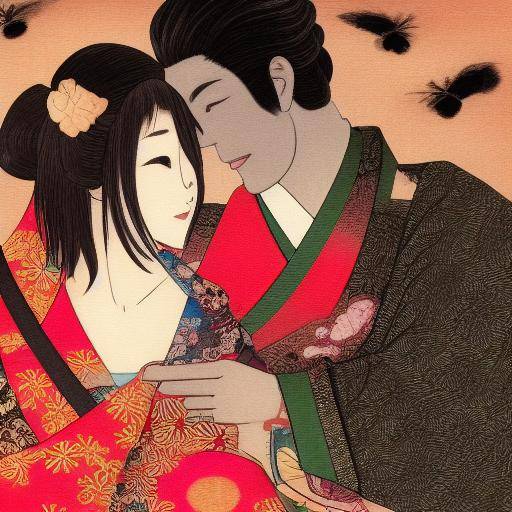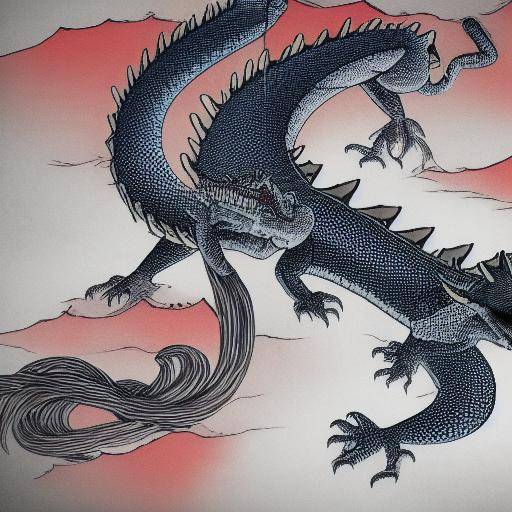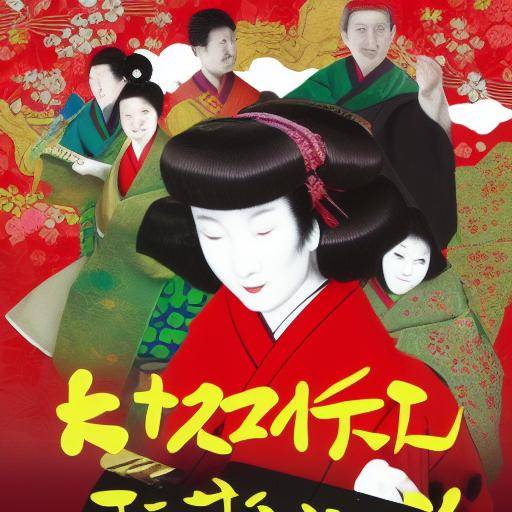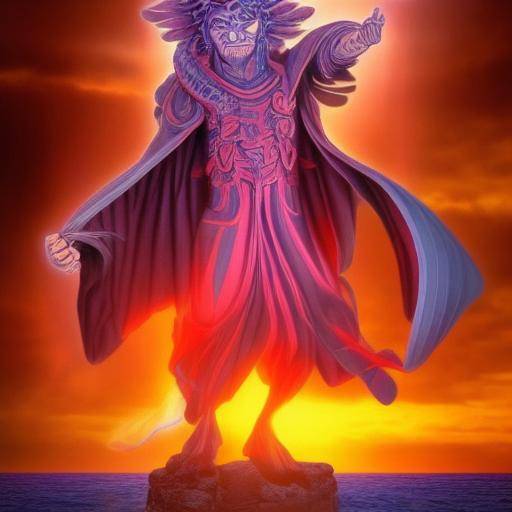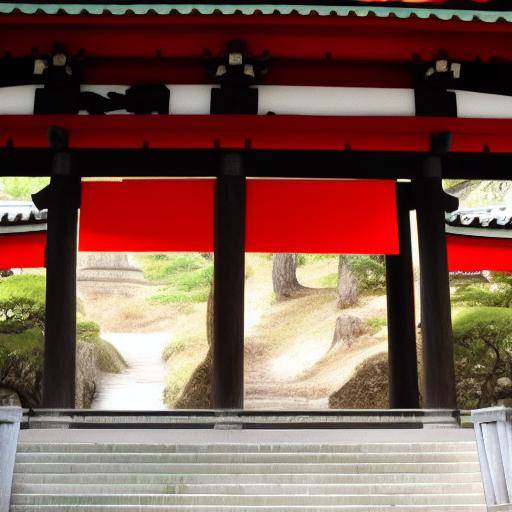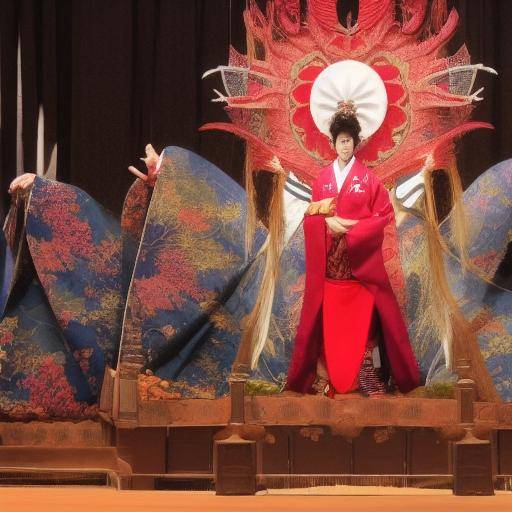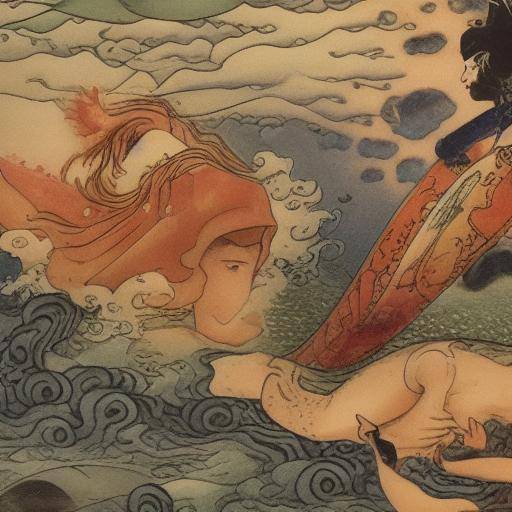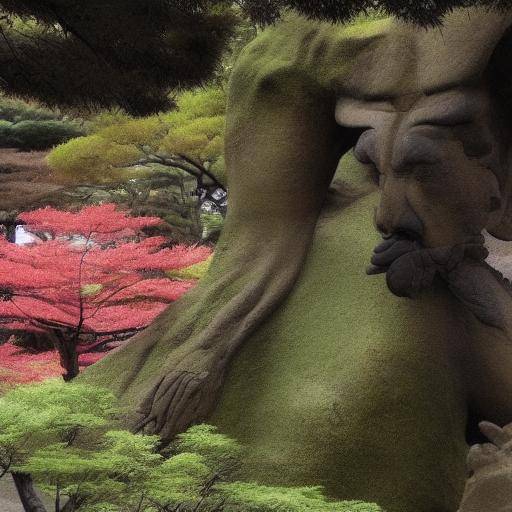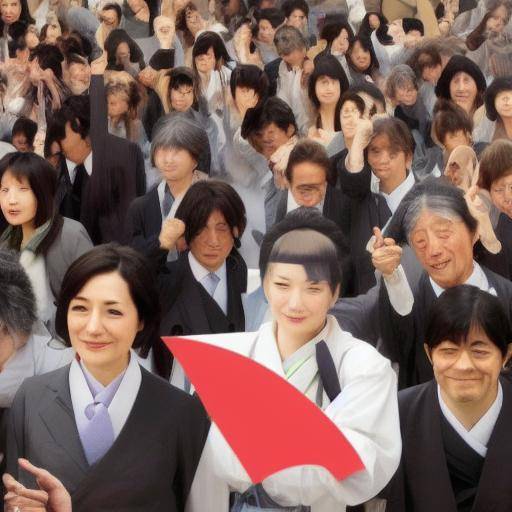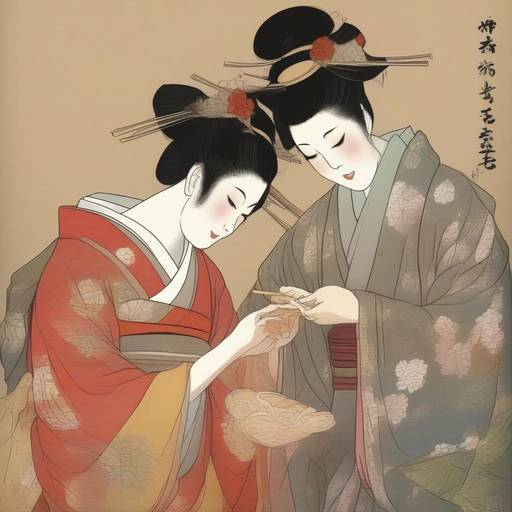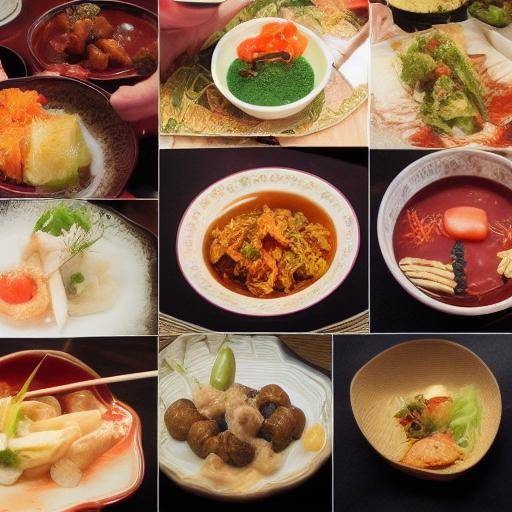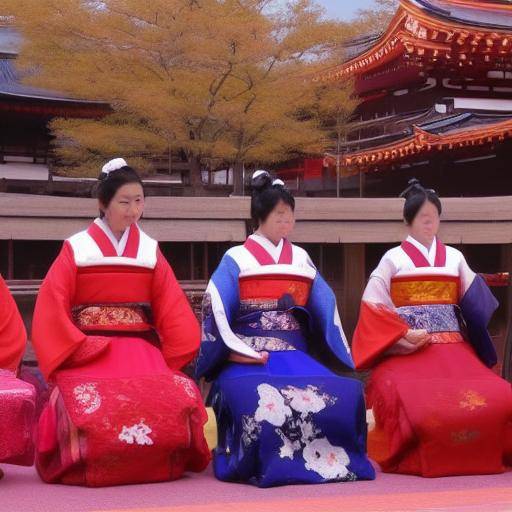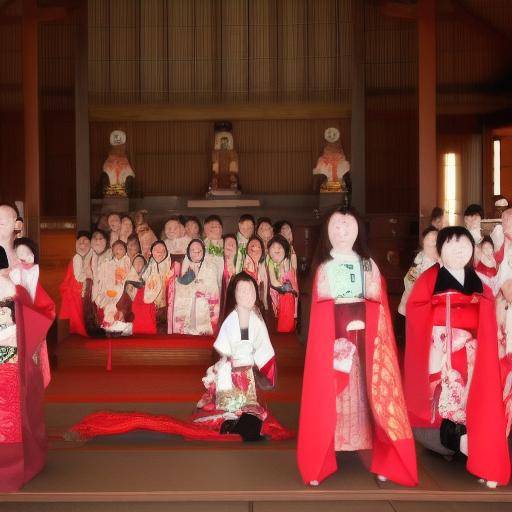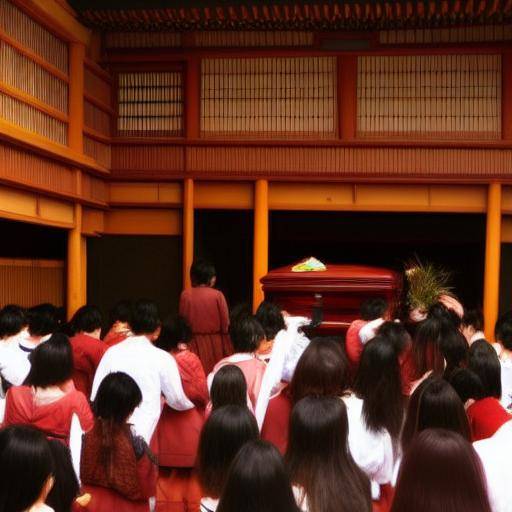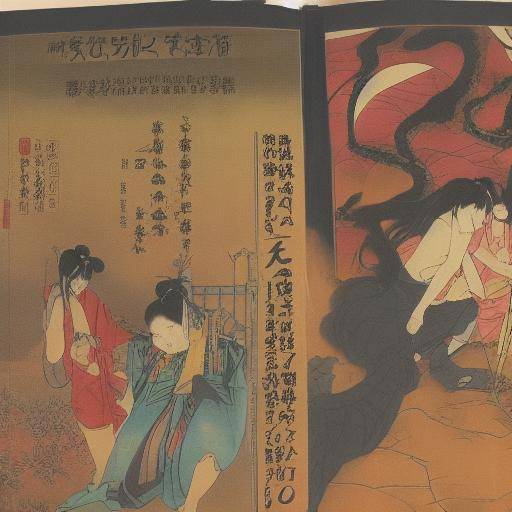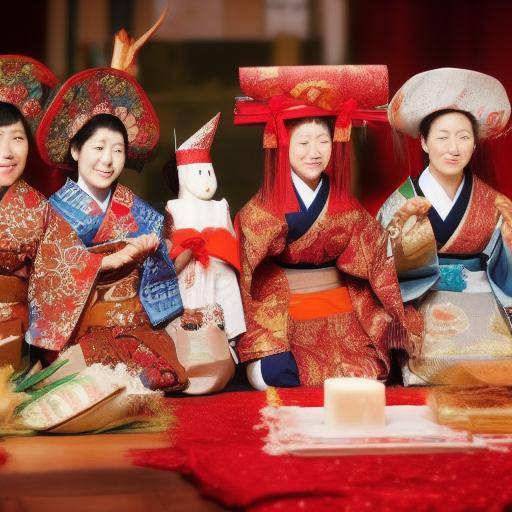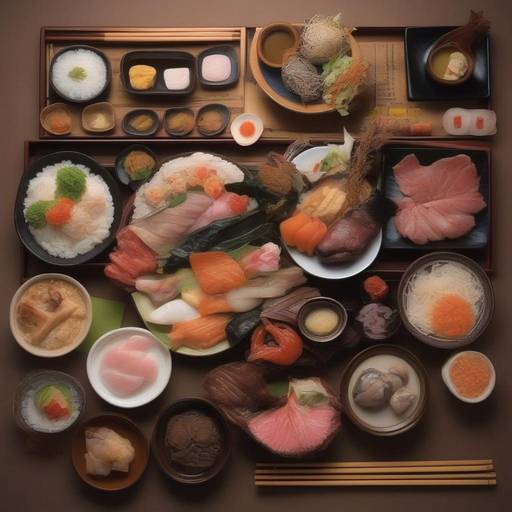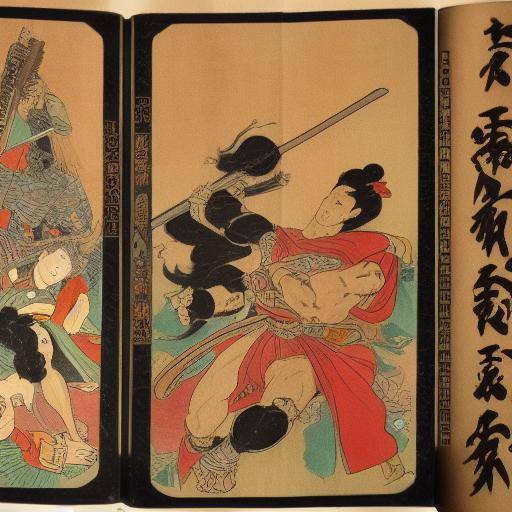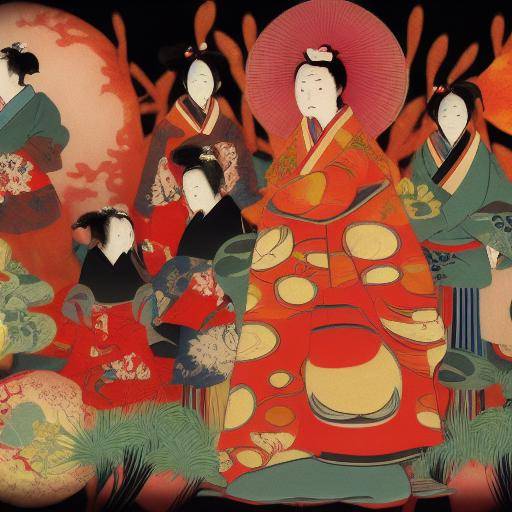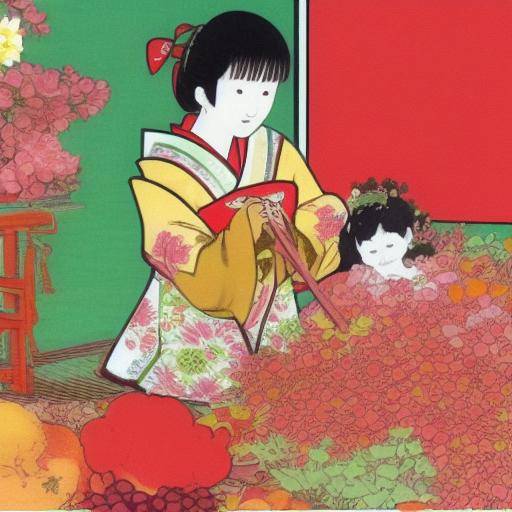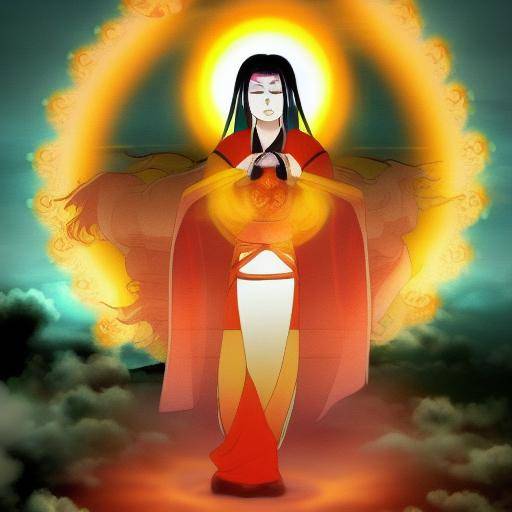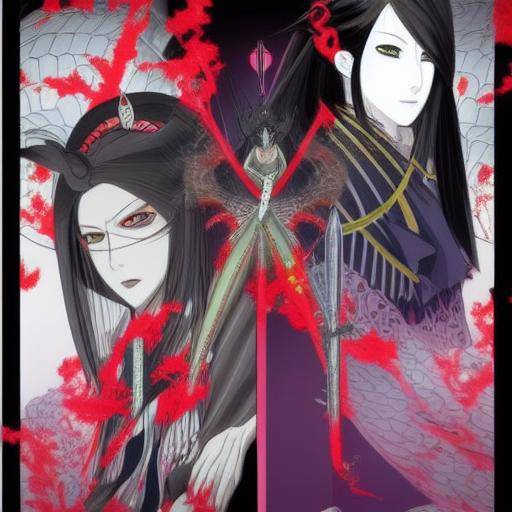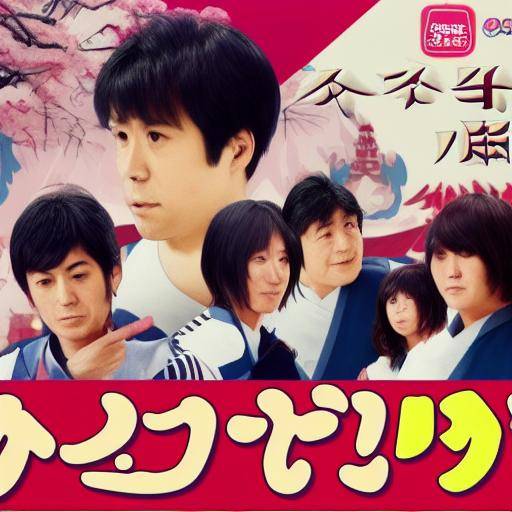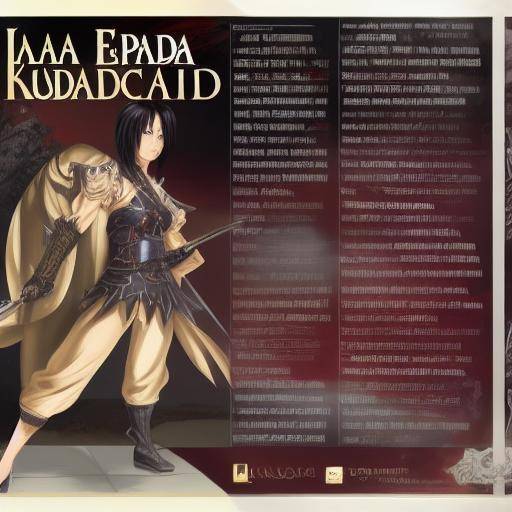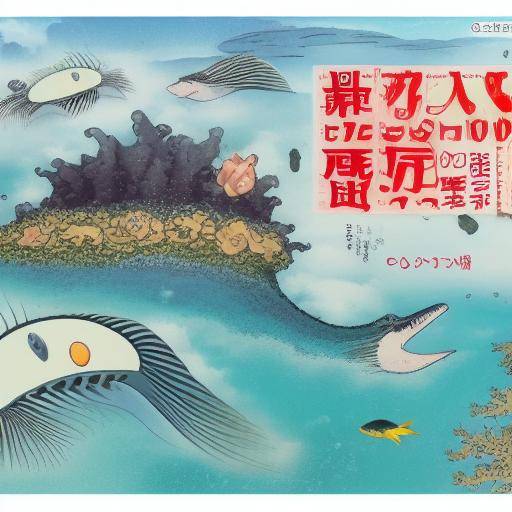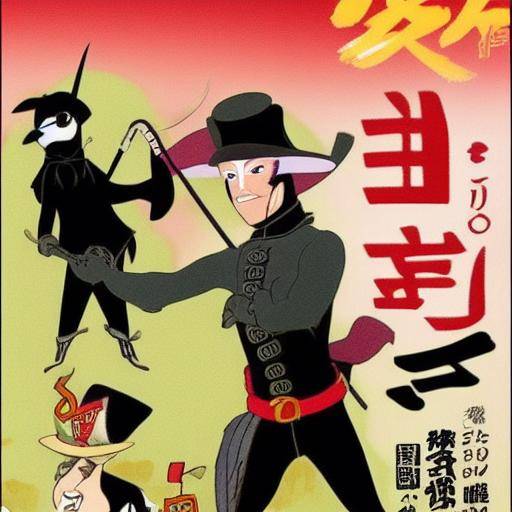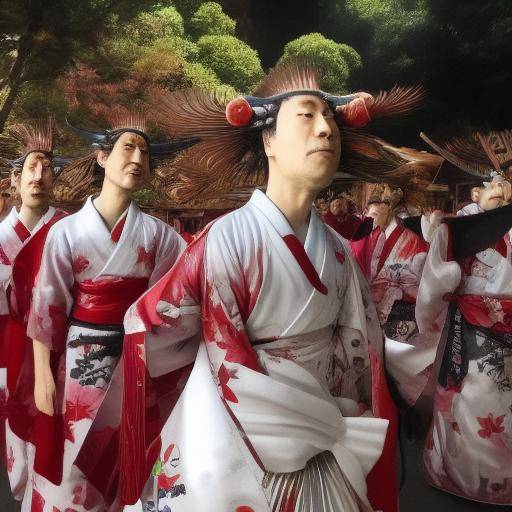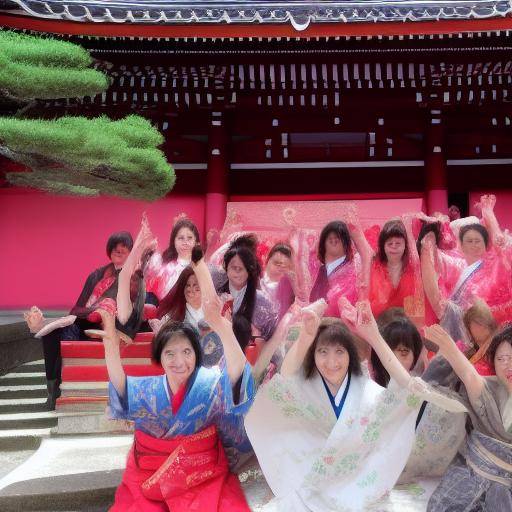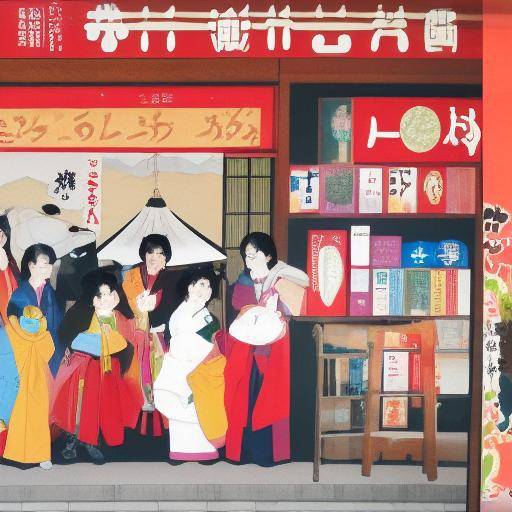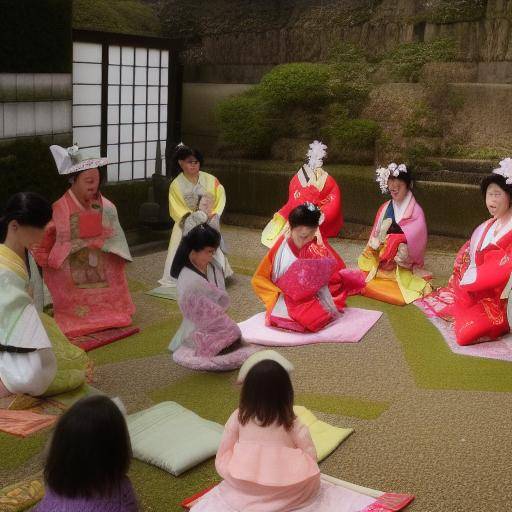
Introduction
Imagine a festival in which men of all ages meet, wearing only a “fundoshi”, a type of traditional Japanese diaper, in the middle of winter. This festival is the "Hadaka Matsuri", also known as the Festival of Naked Men, and is held in different regions of Japan. In this article, we will explore the rich history and cultural significance of the "Hadaka Matsuri", the art of using the "fundoshi", and the importance of the talismans in these holidays.
Japan: The Scenario of Hadaka Matsuri
Japan is known for its rich cultural heritage, which ranges from traditional aesthetics to cosmopolitan modernity. Among the most entrenched traditions is the "Hadaka Matsuri". This festival, dating back centuries, is an event where men gather to purify their souls and desire prosperity for their families and their communities.
History and Meaning of Hadaka Matsuri
The "Hadaka Matsuri" has its roots in the symptoistic beliefs of purification in the winter. Over the years, it has become a celebration not only of culture and tradition, but also of the courage and camaraderie of the participants.
The festival is held in temples and shrines throughout Japan, and embodies devotion and community spirit that are fundamental values in Japanese society.
Fundoshi: The Emblematic Dress
The "fundoshi" is a traditional Japanese garment consisting of a piece of fabric that wraps around the body in a specific form. Although in the "Hadaka Matsuri" participants use the "fundoshi" as a symbol of bravery and strength, this garment has found its place in the fashion and modern culture of Japan.
The art of binding the "fundoshi" is considered a skill and precision skills, and its use can vary from festive occasions to its incorporation into the everyday clothing in some areas.
Talismanes: A Link with the Supernatural
The use of talismans in the "Hadaka Matsuri" reflects the connection of participants with the supernatural. The talismans, known as "omamori", are sacred objects that are believed to provide protection and blessings to those who carry them with them.
During the festival, special talismanes are offered that symbolize good fortune, health and success in various areas of life. This attracts participants not only local, but also devotees from all over the country.
Analysis in Deep
Benefits and Challenges of Hadaka Matsuri
The "Hadaka Matsuri" offers participants a unique experience of immersion in Japanese culture and the opportunity to connect with ancestral traditions. However, it also poses challenges in terms of its viability in the modern era and its interpretation in a global context.
Current Perspectives and Trends
The "Hadaka Matsuri" has awakened the interest of people of other nationalities, serving as a vehicle for the promotion of cultural tourism in Japan. This has led to a debate on how to preserve the authenticity of the festival while adapting to the changing dynamics of contemporary society.
Inspirational Practices and Experiences
The "Hadaka Matsuri" continues to inspire young people and adults alike, fostering meaningful connections between generations and providing a unique vision of a Japan rooted in its traditions, but open to the world.
Comprehensive review
Practices and Best Practices
The deepening of the observance of the "Hadaka Matsuri" reveals the importance of the continuity of cultural traditions in the evolution of the modern world. This provides valuable lessons on the preservation of cultural heritage and the promotion of diversity.
Comparison Analysis of Japan, Fundoshi and Talismanes
Compare and contrast the practices associated with the "Hadaka Matsuri", the use of the "fundoshi" and the importance of the talismans in Japan offers an enriching perspective on the interconnection of these elements in the Japanese cultural fabric.
Practical Tips and Accessible Recommendations
For those interested in participating in the "Hadaka Matsuri", learning to tie a "fundoshi" properly is essential. In addition, understanding the meaning behind the talismans and their impact on daily life in Japan can enrich the experience for both locals and visitors.
Industry Reflections and Expert Reviews
Perceptions and Prognostics for the Future
Experts in Japanese culture see "Hadaka Matsuri" as a symbol of national identity and recognize their potential to inspire intercultural dialogue and mutual appreciation.
Case Studies and Practical Applications in Real Life
Through detailed case studies, it is illustrated how the "Hadaka Matsuri", together with the use of the "fundoshi" and the talismans, has influenced people's lives and left an indelible mark on Japanese history and society.
Future Trends and Predictions
Next Trends Related to Japan, Fundoshi and Talismanes
As Japanese society evolves, it is likely that the "Hadaka Matsuri" will continue to adapt, keeping its essence as it embraces innovation and change.
Future Predictions Based on Current Data and Expert Reviews
The scholars of Japanese culture see the "Hadaka Matsuri", together with the associated practices such as the use of "fundoshi" and the talismans, as fundamental components that enrich the vital experience of those who participate in them.
Conclusion
The "Hadaka Matsuri", the use of "fundoshi" and the relevance of talismans are vital aspects of Japan's rich cultural heritage. Through these elements, the depth and diversity of Japanese tradition is shown, offering lessons that transcend cultural boundaries.
FAQs
1. What does "Hadaka Matsuri" mean in Japanese culture?
The "Hadaka Matsuri" symbolizes purification and renewal in the winter season, as well as the community spirit and the courage of the participants.
2. Why is "fundoshi" important in "Hadaka Matsuri"?
The "fundoshi" is a symbol of bravery and tradition, and its use at the festival represents the connection with ancestral beliefs and Japanese history.
3. What is the meaning of the talismans in the "Hadaka Matsuri"?
The talismans, like the "omamori", are seen as sacred objects that provide protection and blessings to those who carry them, which reflects the connection of the participants with the supernatural.
4. How can foreigners participate in the "Hadaka Matsuri" and experience the use of "fundoshi"?
Foreigners who wish to participate in the "Hadaka Matsuri" may be informed about cultural rules and considerations, and possibly join the experience of dressing "fundoshi" as a form of cultural immersion.
5. What is the relationship between the "Hadaka Matsuri" and cultural tourism in Japan?
The "Hadaka Matsuri" has attracted tourists interested in Japanese culture, which has contributed to the promotion of cultural tourism and the appreciation of Japan's rich historical and cultural heritage.
6. What are some important practices to consider when using a "fundoshi"?
The proper way to tie a "fundoshi", respect for local customs and understanding the cultural meaning behind this garment are important aspects to take into account when using a "fundoshi" during the "Hadaka Matsuri" or other occasions.
As we explore more deeply these traditional practices and their meaning in Japanese society, it is clear that the "Hadaka Matsuri", the "fundoshi" and the talismans have a significant impact on Japan's cultural identity, as well as on the global appreciation of its unique traditions and rooted in history.
With its deep connection to tradition, community spirit and desire for prosperity, the "Hadaka Matsuri" remains a vivid and lively reminder of Japan's rich cultural diversity, as well as a beacon that guides the journey of those willing to explore and understand the essence of this fascinating nation.
Prepare to immerse yourself in the rich Japanese culture through the "Hadaka Matsuri", the "fundoshi" and the talismans!

